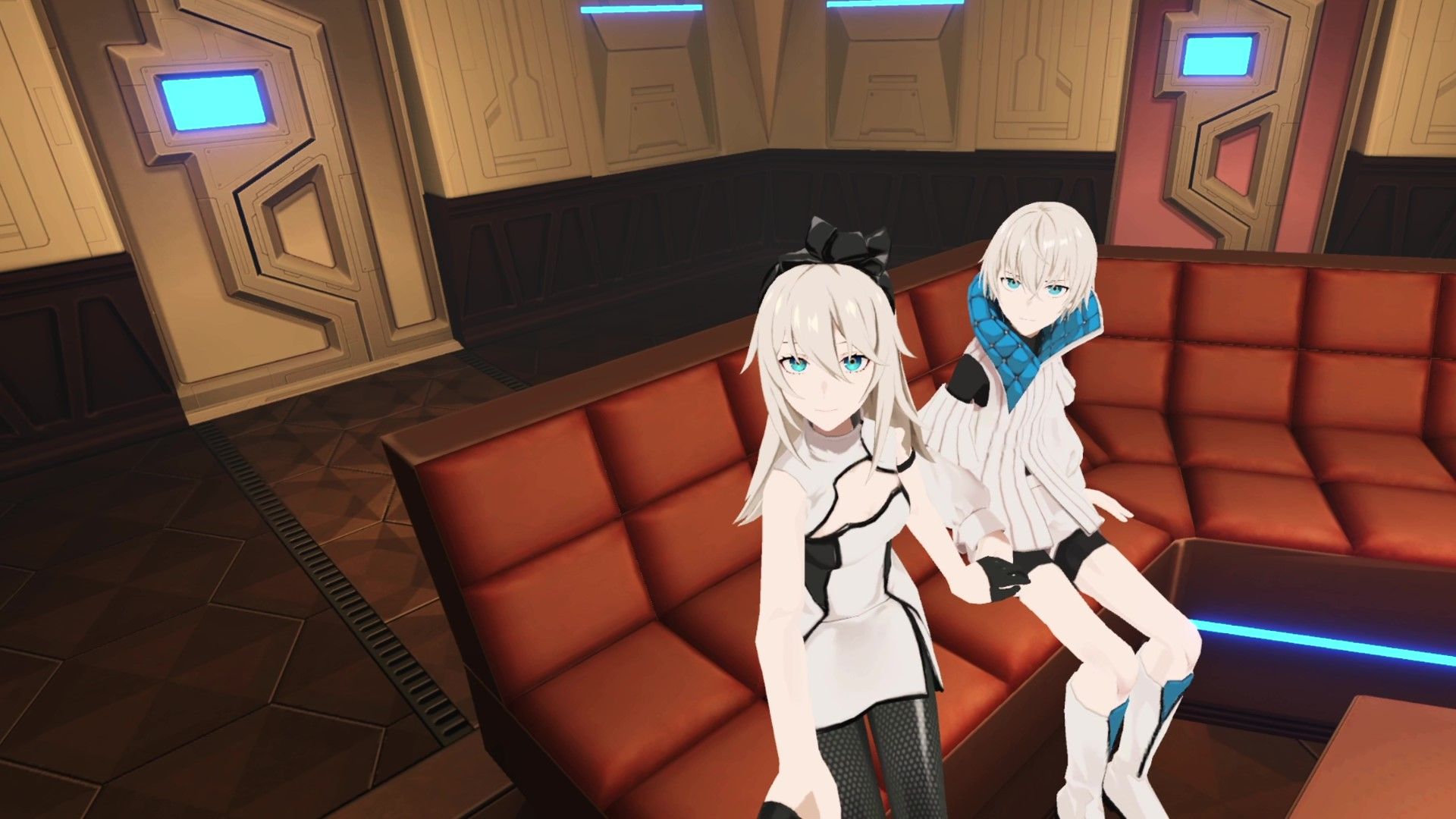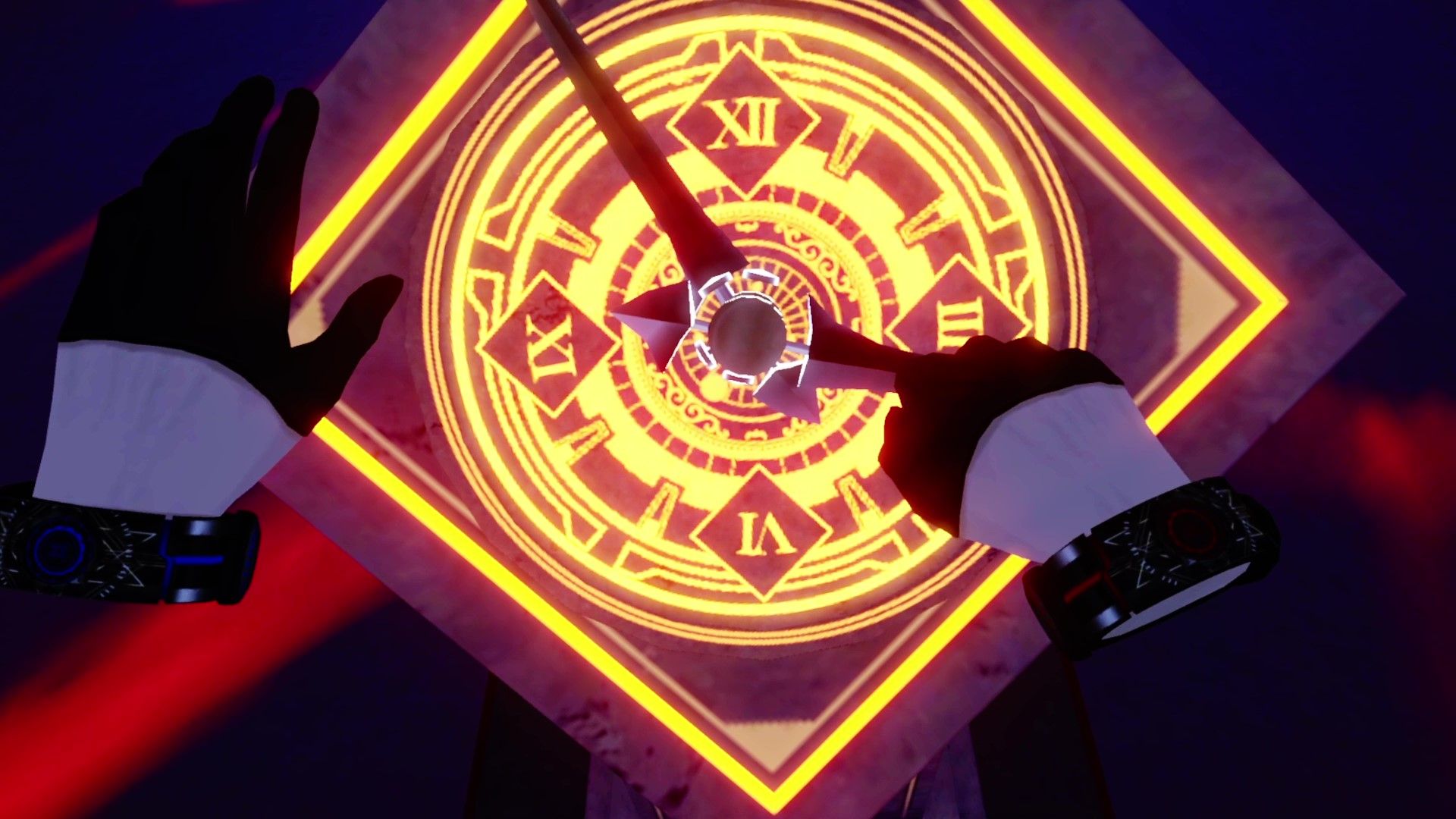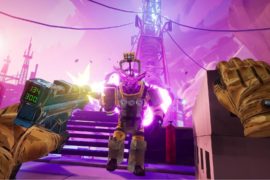Dyschronia: Chronos Alternate – Episode 3 concludes MyDearest’s episodic trilogy with ‘End of Hallucinations’, offering an entertaining finale that feels slightly drawn out. Read on for our full impressions.
If you’re unfamiliar with Dyschronia, I recommend reading my Episode 1 review and Episode 2 impressions first. I previously detailed the anime adventure’s premise, gameplay and comfort options and unsurprisingly, Episode 3 retains those core features. For those who need a story refresher, there’s a handy story recap in the opening sequence.
Playing as Special Supervisor Hal Scion, Episode 3 finds Astrum Close on the brink of destruction after escaping a nightmare scenario. With the truth finally in reach, Hal and his friends work together to finally free this city. For spoiler reasons, I’m keeping this description vague but Episode 3 leads towards an intriguing story-driven finale that held my interest.
If you haven’t played Episode 2 since release, the straightforward control scheme makes returning feel easy. Moving with stick-based artificial locomotion or teleportation, Hal handles objects through motion controls, often scanning them to witness brief memories. Some events can be altered, stopping incidents like people being injured by security drones. I’m reminded of Ghost Trick: Phantom Detective, only you change people’s actions instead of manipulating environments.
Though Dyschronia remains mostly a linear journey, Astrum Close remains freely explorable in Episode 3’s earlier segments. You won’t find new courtroom scenes this time, but you will need to navigate several stealth sequences, such as sneaking past drones or getting the jump on an enemy. However, unlike previous episodes when Hal could return to set time points anytime, there are no redos. Upon reaching the game’s ending, all previous scenes become replayable.
While I felt immersed in this world as I continued playing detective, I wasn’t fond of the new puzzles. That’s not because of the gameplay mechanics – they aren’t too challenging, but also aren’t mindlessly easy, and inspecting environments always reveals the answers. My issue is that one companion, Lily, won’t stop over-explaining situations. When you’ve worked out the following steps but can’t get on with it, it becomes slightly frustrating and harms the pacing.

Thankfully, this doesn’t heavily hamper the main story, and Episode 3 wraps up the storyline well across a five-hour runtime. It leads to a satisfying conclusion for the story, answering some longstanding questions and providing the cast some necessary emotional closure. A good soundtrack with a haunting piano melody complements these scenes further.
It’s worth noting that Episode 3 has multiple endings, though I won’t spoil what happens in them. The first two can be reached immediately to provide what I’d call “bad” and “better” outcomes. Prior decisions don’t matter; only one replayable choice counts. Unlocking the true ending requires witnessing all memories across every episode and if you haven’t been thorough, finding them all can become tedious.
Even with these problems, Dyschronia: Chronos Alternate remains an enjoyable VR adventure with an entertaining mystery, feeling like a significant step up from MyDearest’s earlier games. Despite my pacing concerns, Episode 3 still delivers a satisfying conclusion that builds upon the existing narrative well, though reaching the true ending takes some work. If you enjoyed the previous episodes, End of Hallucinations likely won’t disappoint.
Dyschronia: Chronos Alternate is available now on Meta Quest 2 and PSVR 2 for $19.99, with Episodes 2 and 3 available as DLC for $14.99 each.





